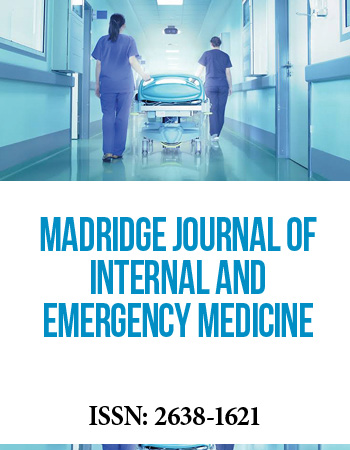International Translational and Regenerative Medicine Conference
April 25-27, 2018 | Rome, Italy
Identification of T-Complex Protein 1 as a Novel Regulator of the Store-Operated Calcium Channel Orai1 Abundance at the Plasma Membrane
1Department of Biotechnology, American University of Ras Al Khaimah, UAE
2Department of Physiology & Biophysics, Weill Cornell Medicine, USA
Intracellular calcium (Ca2+) is a key signalling molecule. Store operated calcium entry (SOCE) is a fundamental Ca2+ influx pathway at cell membrane activated in response to intracellular Ca2+ store depletion. The SOCE machinery consists of ERlocalized Ca2+ sensor, STIM1, and a Ca2+ selective channel at plasma membrane (PM), Orai1. At steady state, 40% of the total Orai1 protein pool localizes to PM while Orai1 cycles rapidly between PM and intracellular compartments. We discovered that a significant population of intracellular Orai1 pool localizes to a novel sub-PM vesicular compartment. Store depletion results in significant enrichment at PM. To identify Orai1-interacting proteins enriched in sub-PM vesicular compartment, we followed a quantitative proteomic analysis approach. TCP-1 (T -complex protein 1) was identified to be associated with Orai1 in sub-PM vesicular compartment. To functionally assess the role of TCP -1 in Orai1 sub-cellular localization, we knocked down TCP-1 in stable YFP-HA-tagged Orai1 CHO cells using RNA interference. Our data showed significant increase in surface Orai1 upon TCP-1 knockdown. Furthermore, we generated a mutant Orai1 in which the TCP-1-binding homologous region in the intracellular loop was scrambled. This mutant showed decrease binding to TCP-1, and 30% increase in surface Orai1. More importantly, the scrambled Orai1 mutant, when co-expressed with STIM1, showed faster TG-induced puncta formation, increased decay time after ATP-induced SOCE, and faster SOCE-dependent NFAT1 translocation.
In summary, using an unbiased proteomics approach we successfully identified TCP-1 as a novel regulator of Orai1 abundance at PM. Disruption of TCP-1-Orai1 binding resulted in higher plasma membrane residence, faster puncta formation, and faster SOCE development. TCP-1, therefore, plays a key role in Orai1 residence at PM and controlling SOCE and intracellular Ca2+. These results demonstrate that TCP-1 is a novel regulator of Orai1 PM residence and activity, and introduce new directions for design of novel therapeutic strategies targeting SOCE.
Biography:
Dr. Rawad Hodeify earned his Ph.D. in Interdisciplinary Biomedical Sciences from the University of Arkansas for Medical Sciences, USA, in 2011, and M.S. in Biology from American University of Beirut, Lebanon. He received research training as postdoctoral fellow in Internal Medicine department at University of Arkansas for Medical Sciences and Weill Cornell Medicine before recently joining American University of Ras Al Khaimah as an Assistant Professor of Medical Biotechnology. His research work is focused on regulation of calcium signalling pathways during cellular development and differentiation and dissecting the crosstalk between cycle cell proteins and cell death pathways in kidney injury.


